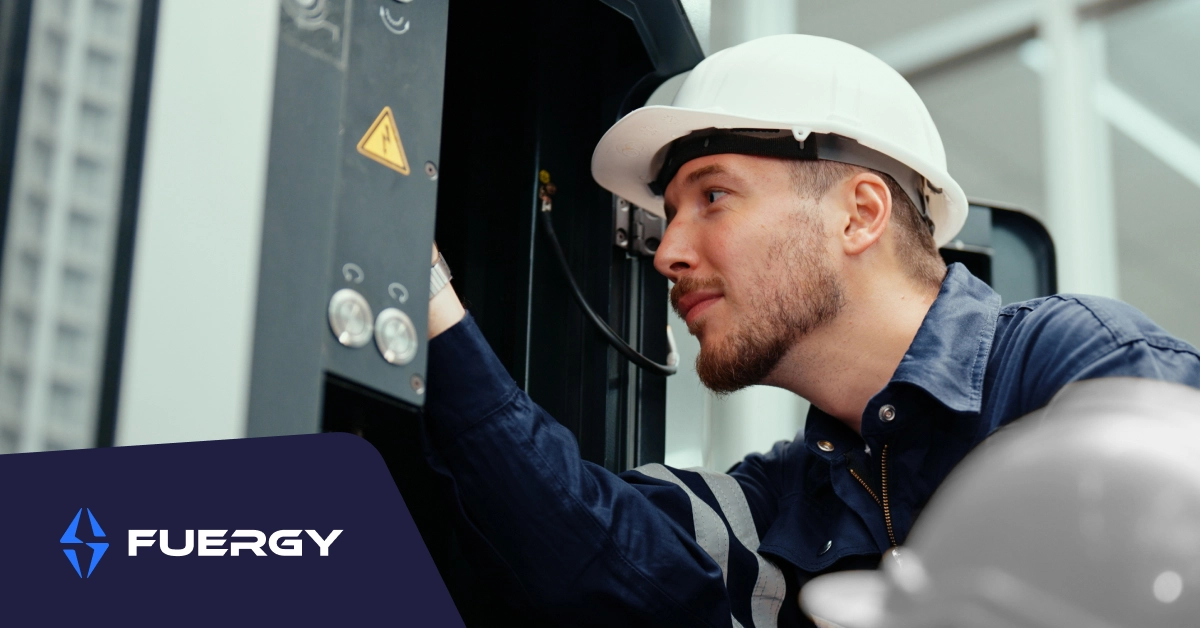
Computer chips have Moore’s Law: roughly every 2 years, the number of transistors in a densely integrated circuit doubles. Solar panels have Swanson’s Law, which observes that the price of solar photovoltaic modules tends to drop 20 percent for every doubling of cumulative shipped volume.
However, for battery technology, there is no similar “law” or another type of rapid, observable trend. We’ve come a long way since 1859 when Gaston Planté invented the first rechargeable lead-acid battery. The current Li-ion models that are already commercially utilized in Tesla EVs possess 250 to 300 Watt-hours per kilogram (Wh/kg), compared to just 33–42 Wh/kg for modern lead-acid batteries.
Yet for some, these Li-ion batteries are still not quite good enough, which has led to a number of different projects, each looking to utilize different technology in creating the battery of tomorrow. This is a task that will be crucial in order to set off the green energy revolution, as a robust and lightweight battery should (in theory) outperform an ICE and therefore make it a financially more attractive choice for everyone.
The price of a battery (to be more specific, the price of a Kilowatt hour stored on the battery) often dictates the price of the product, to a certain extent. This is especially true for EVs, which is a reason why Tesla is working hard on developing the best battery for its vehicles. In fact, Tesla claims battery production is the only bottleneck to fulfilling global demand for their EVs.
One of the automaker’s most important goals is to achieve a battery pack cost of $100 per kWh. Should batteries cost so little, they allow EVs to compete in price parity with gas-powered cars, which would make the shift towards an oil-free future much easier.
Tesla is achieving this by reducing cobalt and increasing nickel content in its batteries, driving down the price and maintaining thermal stability. One of the keys to improving Li-ion batteries is experimenting with new materials for the cathode (cell responsible for emitting electrons), including Graphene, Core-Shell Gradient (CSG), Nickel Cobalt Manganese (NCM or NMC) and many others.
Experimenting with anode materials may also bring results. Enevate is a promising new battery company that is betting on the silicon-dominant anode in its Li-ion battery. The company promises Li-ion cells with up to 50% higher capacity than conventional graphite cells. The cells can be charged to 75% capacity in five minutes. The key is a 30 micrometers thin silicone-dominant anode. They claim their battery will offer up to 4 times the energy density offered by current conventional graphite anode Li-ion batteries, in addition to faster charging (5 times better than the best available “fast-charge” batteries).
Sila Nanotechnologies is another battery company pursuing the silicone-dominant route with its claiming to achieve an energy density sufficient for electric flight (electric flying vehicles — EFVs). Such a claim is bold indeed, as the one thing that prevents us from having electric planes is the heavy-weight of batteries. The California-based company recently secured a partnership with BMW for its EV development, looking to put the battery on the road by 2023.
Reducing the weight of Li-ion batteries while improving their energy efficiency will come a long way in a vast range of applications.
First, there are the attainable (some of which may already be accomplished by the time you read this article), such as increasing the range of EVs to over 400 miles on a single charge so that they can compete with cars in this regard. Developing nano-thin batteries could spark a revolution in wearable electronics, while better safety measures in regards to lithium’s unstable nature will prove to be helpful in every facet of life.
Then we can also look into some very sci-fi-escue uses for supremely efficient batteries, including electric flight (tourism, and especially transport, causes up to 8% of global greenhouse gas emissions), batteries that can self-charge (for instance, using your body’s own electric charge) or smartphones that will need to be charged only once a month.
In our next article, we will look at some radical new ideas concerning the development of energy storage, including solid-state batteries, John B. Goodenough’s glass battery and other experimental batteries that have shown promising results in labs across the world but have yet to hit commercial viability. So make sure you visit our blog!
Interested in more articles about the newest commercially-viable method of storing accumulated electric energy? Subscribe to our newsletter, join our Telegram community or follow us on Twitter to keep in touch on all things related to the project FUERGY.
We are living in the future of energy. Are you?





